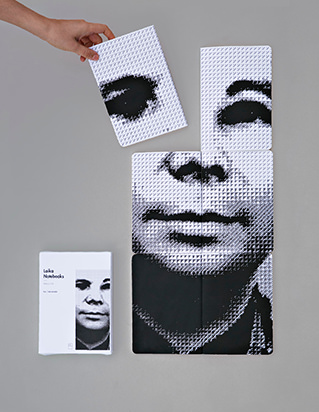OLOOH : Reminiscing on Ivorian Pop Culture through Timeless Pieces
While exploring Abidjan and trying to learn more about the local fashion scene, we met Kader Diaby, the artistic director and founder of OLOOH.
The designer, who started his journey in fashion through photography, has used that medium to develop his aesthetics and brand universe. Nostalgia over the Golden Years of Ivory Coast is a recurring theme of his collections, as he celebrates 1960s history, film, architecture, and everything that shaped Ivorian culture today through his clothing.
What made you start your own clothing brand ?
So I created OLOOH because I wanted to tell the untold stories of my country.
I wanted to share my experiences and I also wanted to share my love for the Ivorian urban culture.
What are your main inspirations ?
I could divide my inspirations into two categories. So on one side, there is the desire to make well-constructed and timeless clothes.
And the second inspiration is the Ivorian urban culture. By Ivorian urban culture, I mean the films, the music, the slang, the food. So everything that represents Ivorian pop culture. We rarely talk about Ivorian pop culture. So I want to see it, and I want to share it.
Can you tell us about your latest collection ?
The theme of the latest collection was Boulevard Lagunaire, which is the boulevard named after General de Gaulle. The collection is not specifically based on this boulevard, but rather on the Plateau.
Why the Plateau specifically ?
Because for me, that was the hub of Ivorian culture. The Plateau is kind of the showcase of Abidjan. And it is also where the cultural revolution took place, with the Zulu leaving from the Sorbonne and all that stuff.
For me, it was the inception of Ivorian identity as we know it today. Hence Boulevard Lagunaire and hence all the musical and visual references used for the collection. So for me, the 60s, the 70s, are as they say, the golden years of Ivory Coast.
And I feel nostalgic about that period, even though I didn’t live through it. I think I must have an old soul. And so I liked the elegance and simplicity of the people of that time. Their way of dressing and carrying themselves – some people still have it but it is less and less common.
And then there was the attention to detail. They used quality materials- and you can see it even in the architecture. They took care of the details. It was minimalist, but it wasn’t empty.
Yeah, I really like this period.
Do you use any local fabrics or craftmanship techniques in your collections?
Craftsmanship is a big part of my creative process, it’s just that it’s done in details and small touches. I use a lot of techniques, but they are a little bit ‘twisted’, so people don’t make the connection directly. For example buttons and rings are made of bronze and brass, it’s handmade by local artisans, here in Ivory Coast.
There are also some prints in the collection like the “Zebra” print. It’s not zebra, it’s waves, but everyone tells me it’s zebra. For some prints I used the Batik technique, trying to make patterns that are a little different from what we are used to seeing with the Batik technique.
I also use dye and woven loincloth.
What do you think of Ivorian Fashion today ?
I think it’s starting to shift. I think we have more and more designers who have a broader vision of what fashion is all about. I am optimistic about the development and growth of Ivorian fashion.











Leave a Reply